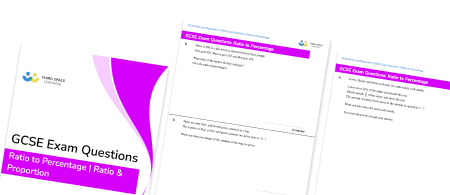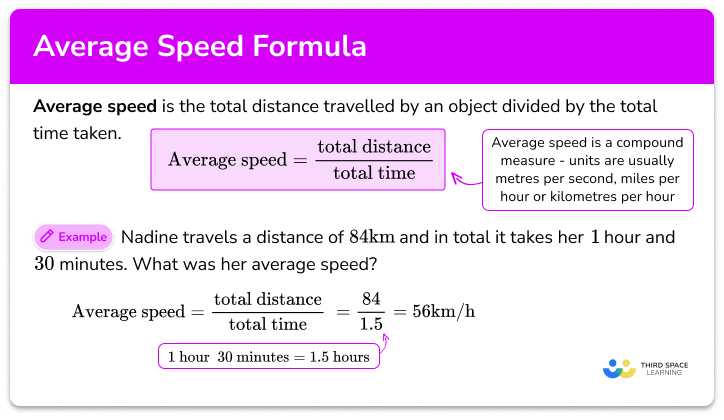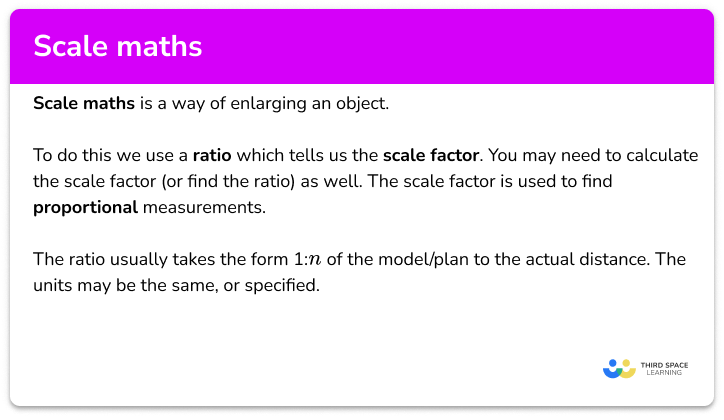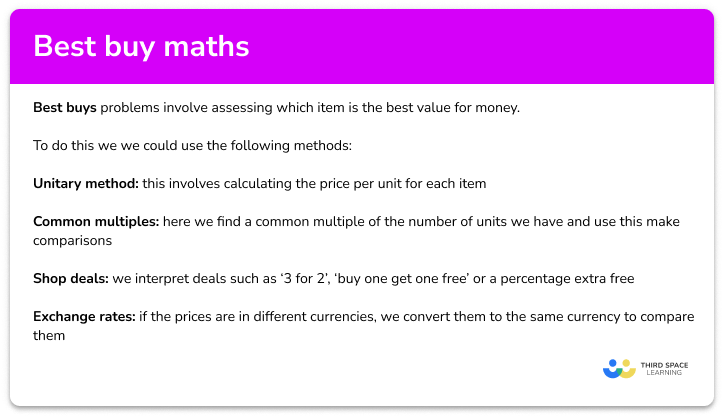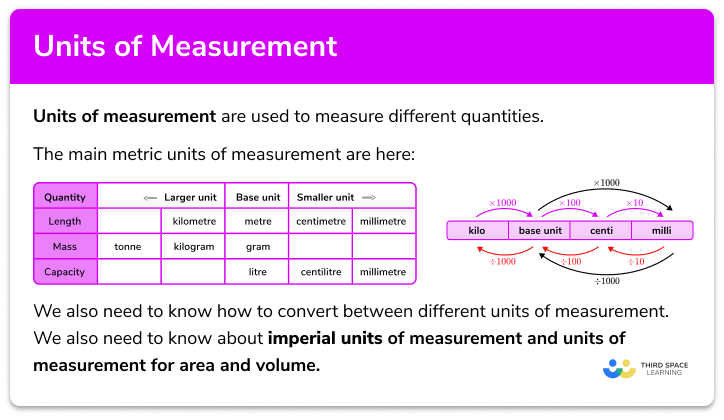FREE DOWNLOAD
Proportion Worksheet

Help your students prepare for their Maths GCSE with this free proportion worksheet of 44 questions and answers
- Section 1 of the proportion worksheet contains 36 skills-based proportion questions, in 3 groups to support differentiation
- Section 2 contains 4 applied proportion questions with a mix of worded problems and deeper problem solving questions
- Section 3 contains 4 foundation and higher level GCSE exam style ratio scale questions
- Answers and a mark scheme for all ratio scale questions are provided
- Questions follow variation theory with plenty of opportunities for students to work independently at their own level
- All questions created by fully qualified expert secondary maths teachers
- Suitable for GCSE maths revision for AQA, OCR and Edexcel exam boards
Proportion at a glance
If two amounts are proportional then the ratio between them is always the same. Proportional relationships can be direct or inverse. In direct proportion, as one amount increases so does the other whereas in inverse proportion, as one amount increases the other decreases.
Given some information about a proportional relationship, we can find the constant of proportionality. This tells us how many times bigger one amount is than the other. This value will always be true for the given relationship.
If y is directly proportional to x then y is equal to k times x where k is the constant of proportionality.
If y is inversely proportional to x then y is equal to k divided by x where k is the constant of proportionality.
Looking forward, students can then progress to additional ratio and proportion worksheets, for example a ratio worksheet or a ratio worksheet.
For more teaching and learning support on Ratio and Proportion our GCSE maths lessons provide step by step support for all GCSE maths concepts.
Do you have students who need additional support?

With Third Space Learning's secondary maths tutoring programmes, students in Year 7-11 receive regular one to one maths tutoring to address gaps, build confidence and boost progress.
"My confidence in the tutoring is high. We've had some phenomenal results. I even had one girl get a Grade 8 this year; she came to every tutoring session."
Stacey Atkins, Maths Director, Outwood Grange Academies Trust



